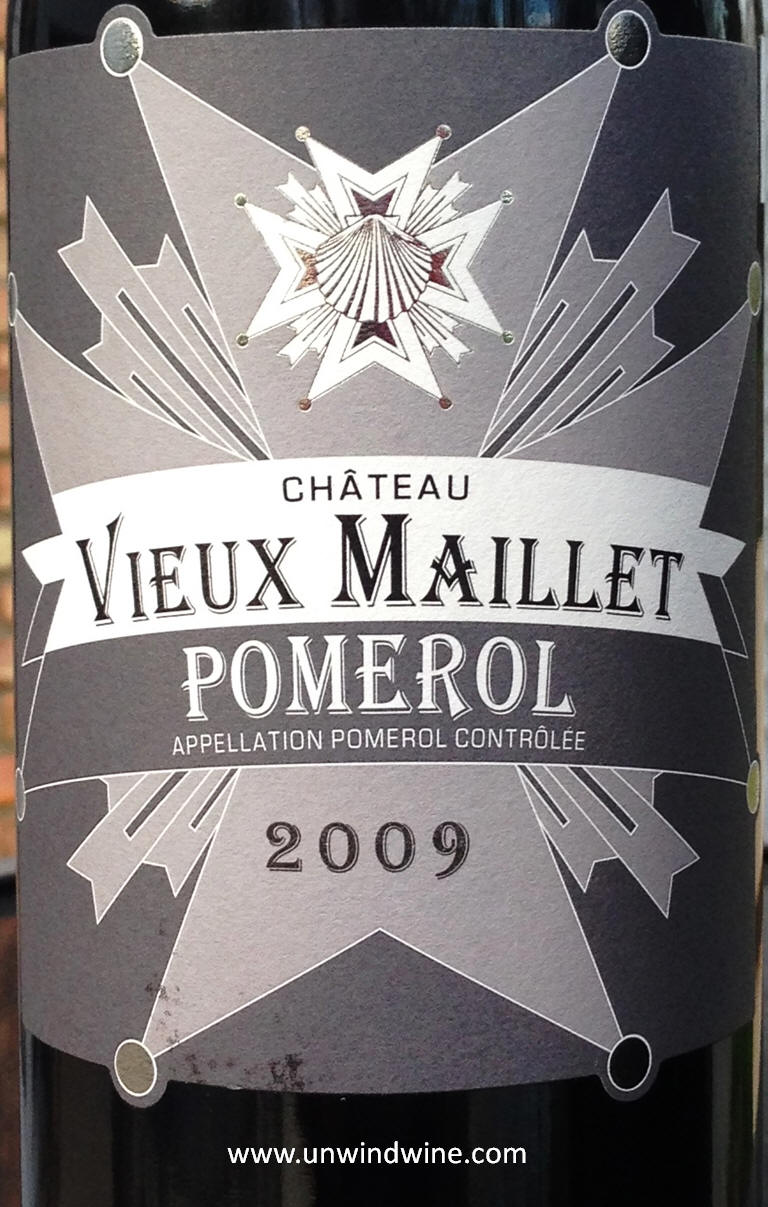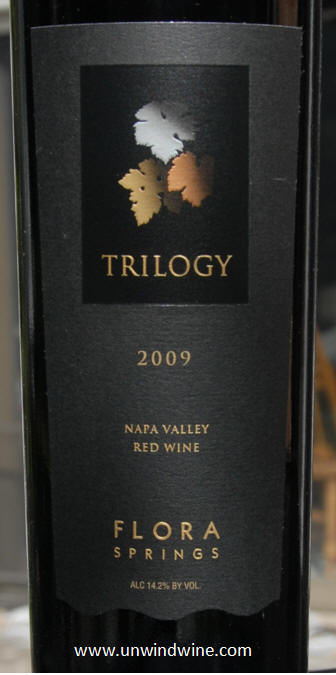Family birthday dinner at Son Ryan's features a flight of big red wines - Back-up
For
grand-daughter MacKenzie's birthday, son Ryan and D-inlaw Michelle
hosted a gala family celebration dinner. They grilled beef steaks and
chicken on Ryan's new outdoor kitchen grill with a range of
accompaniments. Before dinner they served shrimp, assorted veggies,
fruits and an medley of artisan cheeses. With the snacks and hor d'ovres
Ryan served vintage Roederer Champagne.
With dinner Ryan served from his cellar several vintage premium wines:
- Fantesca All Great Things - Freedom 2009
- Cliff Lede High Fidelity Cabernet Sauvignon 2017
- Lillian California Syrah 2017
Family friend Dustin R brought from his cellar this premium Argentinian Malbec by Viña Cobos.
Cliff Lede “High Fidelity” Red Wine, Napa Valley 2017
Ryan
has an extensive collection of Cliff Lede estate Cabernets. As a member
of their club he gets allocated special vineyard block designated
bottlings from the Stags Leap District Napa Valley estate including this
red Bordeaux Cabernet, Cabernet Franc and Merlot based blend label.
The 2017 'High Fidelity' is composed of Merlot and Cabernet Sauvignon
sourced from Cliff Lede's Twin Peaks estate vineyard, along with the Cabernet Franc from acclaimed viticulturist David Abreu’s
Madrona Ranch.
We've visited the Lede estate numerous times over the years and its alway a highlight of our Napa visits.
This was rated 94 points by Antonio Galloni of Vinous.
Dark
inky purple garnet colored, medium-full bodied, smooth, polished and
nicely balanced black berry and plum fruits with notes of graphite,
mocha, expresso, anise, spice and black tea with earthy floral on an
elegant soft tannin finish.
RM 92 points.
https://www.cellartracker.com/notes.asp?iWine=3526988
http://www.cliffledevineyards.com/
Fantesca All Great Things - Freedom 2009
This is the handicraft of legendary veteran winemaker
Heidi Peterson Barrett, whose Napa Valley resume includes
winemaking stints at Screaming Eagle, Dalla Valle, and her own La
Sirena. She signed on with Fantesca in early 2008.
Fantesca Estate and Winery Napa Valley "All
Great Things - Freedom" 2009
This label "
All
Great Things" is Heidi Barret's annual Bordeaux blend produced for Fantesca - a blend
of Cabernet Sauvignon, Merlot, Petit Verdot and Cabernet Franc.
This is
the inaugural release of the series, which is inspired by the words of
Winston Churchill: “All great things are simple, and many can be
expressed in a single word: freedom, justice, honor, duty, mercy,
hope.”
Each
vintage release commemorates one of those notable words from the
legendary Churchill quote - freedom (2015), justice (2016), honor (2011,
2017), duty (2012, 2018), mercy (2013),
and hope (2014) - this one christened the (first) "Honor" release.
Dark
garnet colored, medium full bodied, smooth, elegant and polished with bright black fruits
with floral notes of and subtle notes of spice, mocha, tobacco and leather with smooth moderate tannins on the finish.
RM 92 points.
http://www.fantesca.com
Lillian California Syrah 2017
An
interesting wine I had never heard of or seen before Ryan brought this
premium artisan Syrah from his cellar when we were over last fall. That
night we tasted the 2016 release.
This is from winemaker
Maggie Harrison who worked at legendary Sine Qua Non for eight years. and is also winemaker
of Antica Terra. During Maggie's seventh year
working at Manfred Krankl's Sine Qua Non, she was given the opportunity
to produce a few barrels of her own Syrah and in 2004, Lillian Winery
was born with an inaugural release of
150 cases. Lillian represents Maggie’s personal project and reflects
everything that she learned during her time at Sine Qua Non.
First
released in 2004, she sources fruit for this small production artisan
label from the prestigious White Hawk Vineyard in Santa Barbara County.
She produces this Lillian Syrah and a some other labels from vineyards sources such as the Bien Nacido Vineyard
in Santa Maria Valley, and the Stolpman Vineyard in the Santa Ynez
Valley.
Lillian wines are crafted from Rhone varietals — Roussanne, Syrah and Grenache, and Cabernet Sauvignon.
Lillian shares a winemaker, winery, and tasting room with Antica Terra, in
Dundee, OR. While Antica Terra is
focused on Pinot Noir from OR, Lillian is dedicated exclusively to
producing Rhone varieties, as noted on the label, the wine is designated California Syrah, attributing the vineyard sources of the fruit.
Dark
purple, medium-full bodied, balanced savory dark fruit with hints of
smoke and bacon fat on the nose and palate with a big lingering tangy
finish.
RM 91 points.
https://www.cellartracker.com/wine.asp?iWine=3042313
https://www.lillianwinery.com/
Viña Cobos, Vineyard Designate Malbec, Marchiori Estate, Luján de Cuyo, Argentina, 2019
Paul Hobbs, renowned California winemaker is founding partner and winemaker at Viña Cobos. In addition to his global consulting career, Paul Hobbs has navigated producing wines
globally, engaging annually in two harvests across nine countries. Today, Paul is the owner and winemaker for Sebastopol, California based wineries Paul Hobbs Winery and Crossbarn, as well as his international partnerships: Viña Cobos of Argentina, Crocus of Cahors, France, Yacoubian-Hobbs of Armenia and his two latest projects in development: Hillick & Hobbs, focusing on Finger Lakes riesling, and Alvaredos-Hobbs in Galicia, Spain.
Paul Hobbs visited Mendoza in Argentina in 1989 and started working with Malbec, exploring different terroirs of Mendoza, looking for the most distinguished regions in Luján de Cuyo and the Valle de Uco, to produce wines that uniquely express their origins.
He
established Viña Cobos in 1998, After twenty years of experimenting,
development, innovation and improvement, Viña Cobos has evolved to
become internationally
recognized for producing luxury-class wines and a
world quality leader for Malbec based wines. Viña Cobos creates
extraordinary wines of outstanding quality,
highlighting Malbec as
the emblematic variety of Mendoza.
With the inaugural vintage of Cobos Malbec in 1999, Viña Cobos marked a milestone in viticulture, defying existing standards and firmly positioned Malbec and Argentina on the international wine scene. Viña Cobos, Vineyard Designate Malbec, Marchiori Estate, Luján de Cuyo, Argentina, 2019
The winery’s elegant and balanced wines are a result of meticulous
vineyard farming and utmost attention to showcasing the specific terroir of the region.
This Malbec is sourced from
Estates and vineyards in Luján de Cuyo and Valle de Uco.
The Marchiori Estate is the cornerstone of Viña Cobos. Malbec grapes
grown in block C2 have been the key source since the inaugural vintage
release, Cobos Malbec 1999.
Luján de Cuyo is the premier growing region of Mendoza, fed by the snow-melt of the Andes through the Mendoza River. High altitudes range from 945 - 1,100 m (2,624 - 3,608 ft). The soils are alluvial, with a subsoil of clay, sand, silt and rock.
Valle de Uco with proximity to the Andes Mountains characterizes this cool, high altitude region. Vineyards sites range from 900 - 1,400 m (2,950 - 4,600 ft) in elevation. The soils are alluvial, sandy and rocky, and in some areas, limestone.
In addition to Malbec, Viña Cobos grows and produces Cabernet Sauvignon, Cabernet Franc and Chardonnay.
The 2015 Cobos Marchiori Estate Malbec was awarded 98 points by JS.
This
is really dynamic and focused with blueberry, blackberry and mineral
character. Hints of lavender and sandalwood. Full body, yet so tight and
lifting. The palate just grows at the finish which goes on and on.
Juicy, meaty and dried herb flavors at the end… – J.S.
The first release of this wine was 2018, under the 'Viña Cobos Vineyard Designate' label. The Viña Cobos Vineyard Designate line captures the richness and power of exceptional vineyards and estates within Valle de Uco and Luján de Cuyo.
This was dark inky purple colored, full bodied, rich, concentrated extracted black and blue fruits with notes of bacon, tobacco, black tea, spice and herbs with a full lingering finish.
RM 94 points.
https://www.cellartracker.com/wine.asp?iWine=4240423
https://www.paulhobbsselections.com/vinfata-cobos
@VinaCobos





















